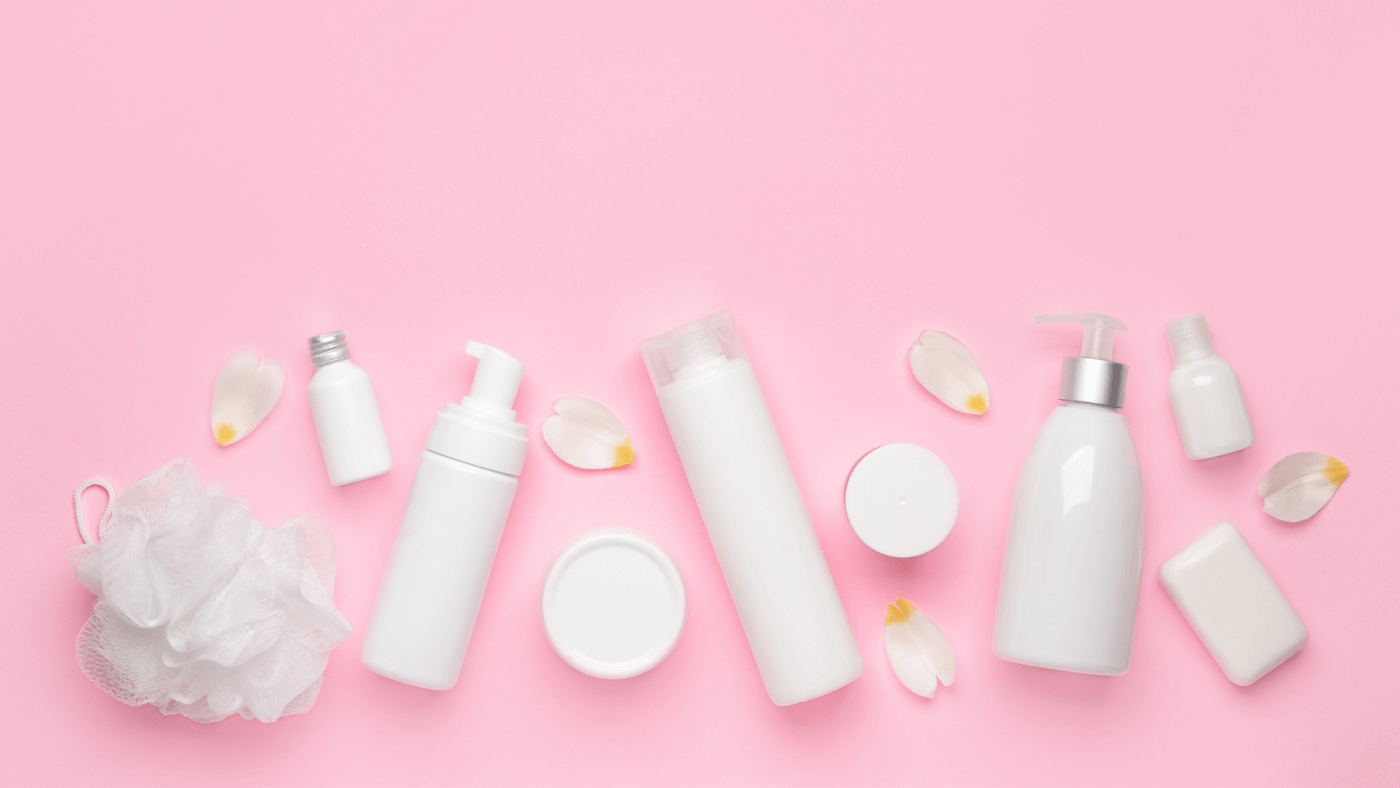When selling wax melt snap bars in the UK, many small business owners wonder whether they need to include the weight on their product labels, including the CLP (Classification, Labelling and Packaging) label. The short answer? No, unless you are using approved trade scales.
But there’s more to it than just a simple yes or no. In this blog, we’ll break down everything you need to know about weight requirements, estimation allowances, and legal compliance when labelling your wax melts.
Understanding UK Weight Regulations for Wax Melts
Unlike food products, wax melts do not have strict requirements regarding weight declarations under consumer packaging laws. However, if you decide to include the weight on your packaging, there are specific regulations you must follow to ensure compliance with UK trading standards.
When Do You Need to Include the Weight?
You are legally required to include an exact weight on your wax melt snap bar if:
You are using approved trade scales to measure and package your products.
You sell products by weight as a primary selling point (e.g., pricing based on grams rather than unit pricing).
You are a large-scale producer following strict Weights and Measures Act requirements.
If you don’t have approved trade scales, you should not include an exact weight anywhere on your product, the labels, your website or within your marketing materials. Incorrect or misleading weight declarations can lead to compliance issues with trading standards, potentially resulting in penalties.
Can You Use an Estimated Weight?
Yes! If you don’t have approved trade scales but still want to give customers an idea of product size, you can use an estimated weight. This should be phrased appropriately to avoid misleading consumers.
For example:
✅ “Approx. 50g”
✅ “Weight may vary”
✅ “Each snap bar weighs around 45-55g”
This method ensures transparency while keeping your business compliant. Always avoid stating a definitive weight unless you can guarantee precise measurements with approved equipment.
What About CLP Labels and Weight Information?
The CLP (Classification, Labelling, and Packaging) Regulation governs how you label products containing fragrance oils and other hazardous substances. CLP labels primarily focus on safety information, such as hazard symbols, allergen disclosures, and usage precautions.
Does CLP Require Weight Information?
No. The CLP label does not require you to include the weight of your wax melts. Its sole purpose is to inform consumers about the safe use of the product and any potential hazards from fragrance oils or other ingredients. While weight information may be included elsewhere on your product packaging, it is not a requirement for CLP compliance.
What Should Be on Your Label?
Even though weight isn’t mandatory, here’s what must be included on your packaging:
Product name (e.g., “Dreams Unstoppable”)
Business Details (company name, building name/number, post code, contact number)
Fragrance Allergens (as per CLP regulations)
Hazard Pictograms (if applicable)
Hazard Statements (e.g., “May cause an allergic skin reaction”)
If you decide to add a weight estimate, ensure it is accurate and not misleading.
How to Ensure Compliance with Trading Standards
For businesses selling wax melts in the UK, local Trading Standards authorities oversee compliance with labelling laws, including weight declarations. If you’re unsure about whether your labels meet requirements, contacting your local Trading Standards office is the best way to get reliable guidance.
Key Points to Discuss with Trading Standards:
Whether your weight estimates are acceptable.
If you need approved trade scales for your business model.
How to phrase weight information legally if included.
By seeking clarification, you can avoid potential legal pitfalls and ensure your labels meet UK requirements.
Common Mistakes to Avoid When Labelling Wax Melts
Even with the best intentions, small business owners can make labelling mistakes that lead to compliance issues. Here are some common mistakes to avoid:
Stating an Exact Weight Without Approved Scales – If you don’t use trade-approved scales, don’t include a definitive weight.
Adding Weight to the CLP Label – CLP regulations don’t require weight information, so avoid cluttering your safety label with unnecessary details.
Failing to Disclose Fragrance Oil Allergens – Always check and list allergens as required by CLP.
Omitting Business Details – Consumers must be able to contact you if needed, so ensure your company name and address are visible.
Using Misleading Language – If your wax melts vary in size, use words like “approximate” rather than giving a fixed weight.
What Happens if You Get It Wrong?
If you mistakenly include an incorrect weight on your packaging, you could face issues such as:
Consumer complaints – Misleading weight claims can damage customer trust.
Trading Standards investigations – Non-compliance with weight regulations may result in warnings or fines.
Legal consequences – Falsely advertising weight can be considered deceptive marketing.
To prevent these issues, always ensure your labelling is accurate and compliant with UK laws.
Best Practices for Labelling Wax Melt Snap Bars
To summarise, here are the best practices to follow when deciding whether to include weight on your wax melt snap bar labels:
✅ Do Include:
Estimated weight (if you choose to display a weight and don’t use trade scales)
Clear CLP information, including fragrance oil allergens and safety warnings
Your business details for transparency and trust
Batch numbers (for quality control and traceability)
❌ Don’t Include:
Exact weight if you don’t have approved trade scales
Misleading weight claims (e.g., stating “50g” when it varies)
Weight on the CLP label (it’s not required under CLP regulations)
Inaccurate or missing safety warnings
Frequently Asked Questions
1. Can I sell wax melts without a weight on the label? Yes! As long as your product isn’t sold by weight, you do not need to include it.
2. What if my snap bars vary in weight slightly? That’s fine! Just use phrases like “Approx. 50g” or “Weight may vary” to avoid misleading customers.
3. Will Trading Standards fine me if my weight is incorrect? If you use exact weight claims without trade-approved scales, you could face penalties. Stick to estimates unless you can guarantee accuracy.
4. Should I ask Trading Standards before printing labels? Yes! If in doubt, contact your local Trading Standards office for guidance.
Final Thoughts
When selling wax melt snap bars in the UK, weight labelling is not mandatory unless you use approved trade scales. If you still want to display weight, using an approximate value is acceptable as long as it’s clearly stated. For full compliance, always check with Trading Standards to ensure you’re following legal guidelines.
Beyond weight considerations, ensuring your labels are fully CLP-compliant is crucial for customer safety and legal compliance. Keeping up with regulations will help build trust with your customers and protect your business from potential penalties.
By understanding these regulations, you can confidently sell your wax melts while keeping your labelling both compliant and customer-friendly.
Discover Premium Fragrance Oils for Wax Melts!
Looking to create your own wax melts? House of Scent offers premium, undiluted fragrance oils that closely match popular scents. Whether you're crafting for personal use or starting a business, we have the perfect fragrances to bring your wax melt creations to life!


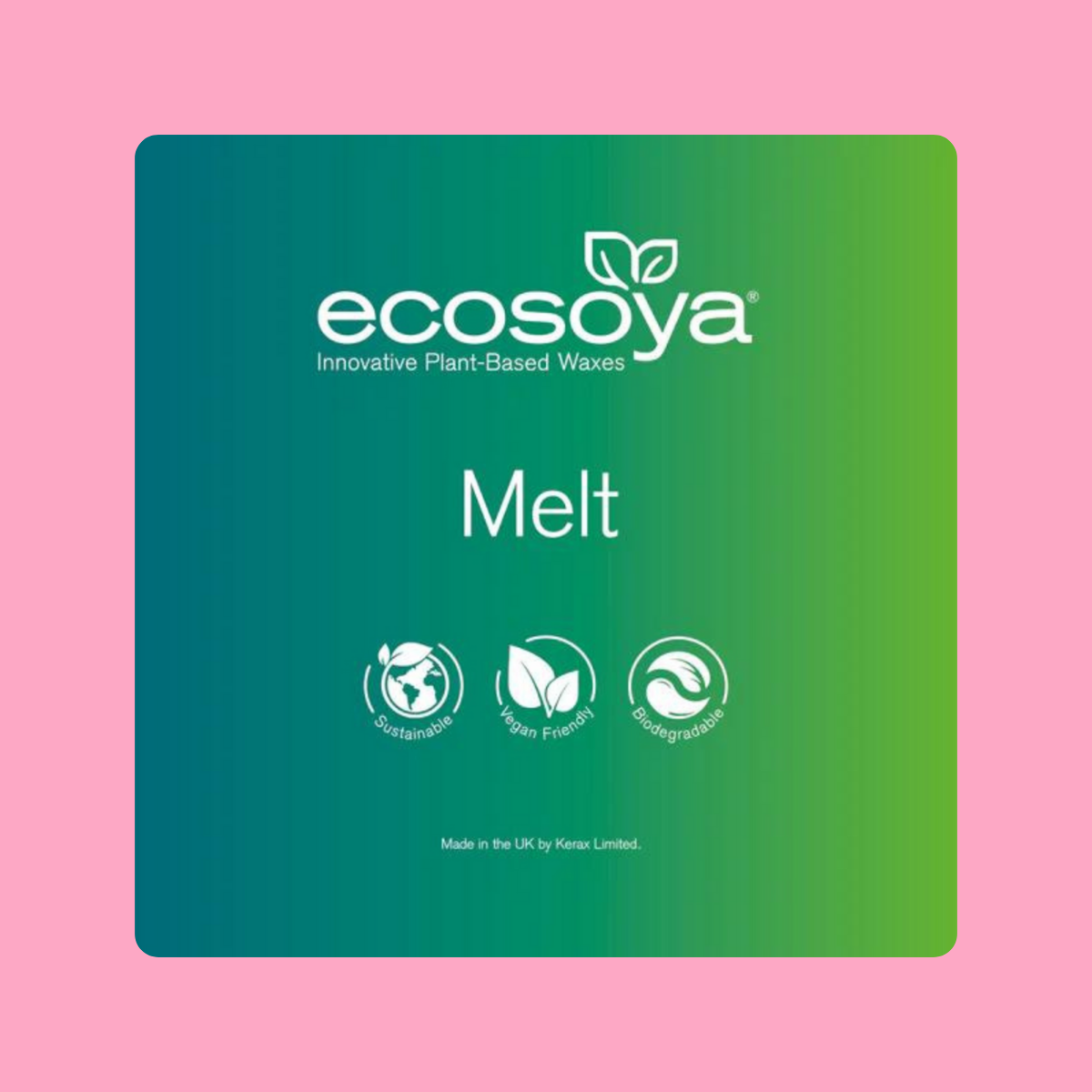
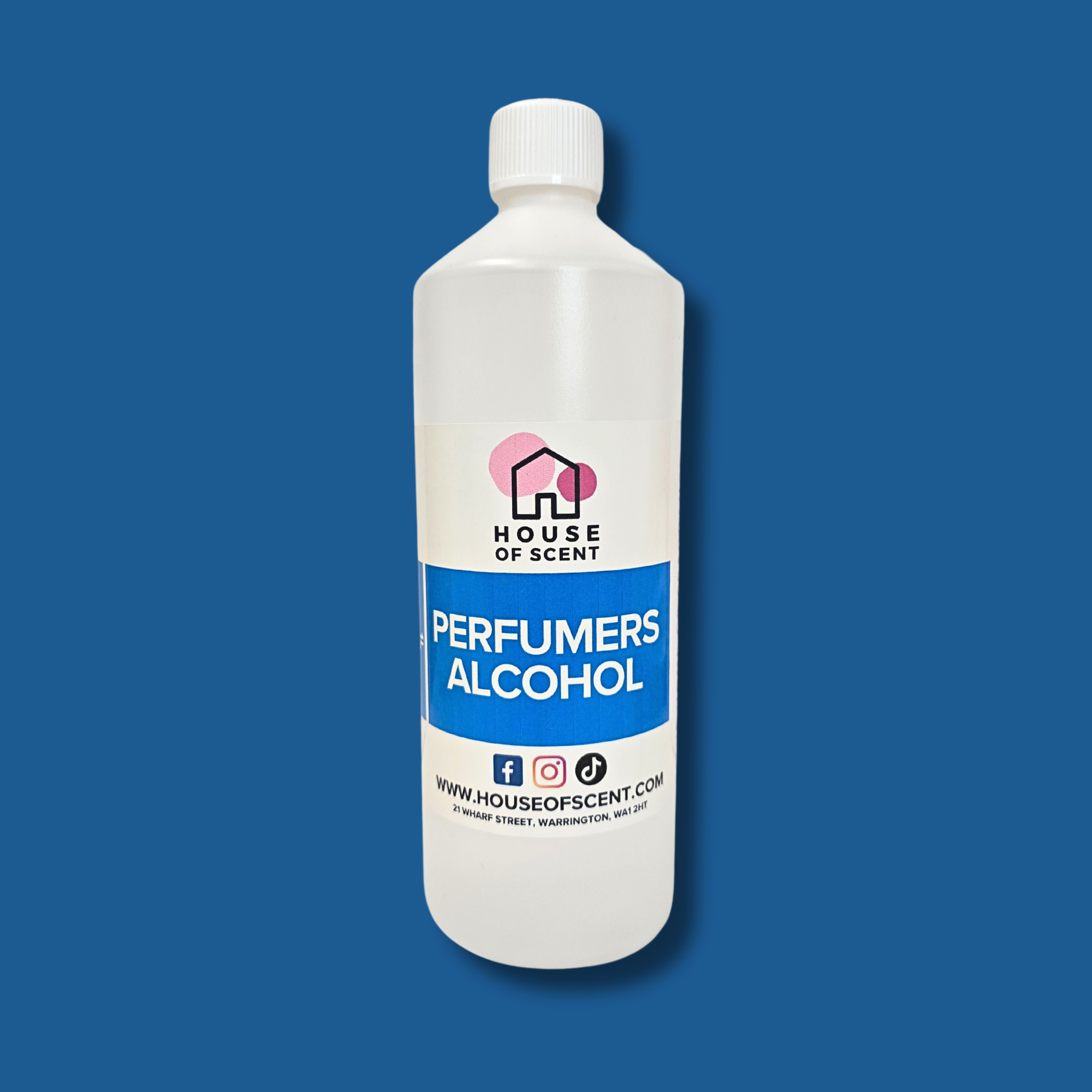
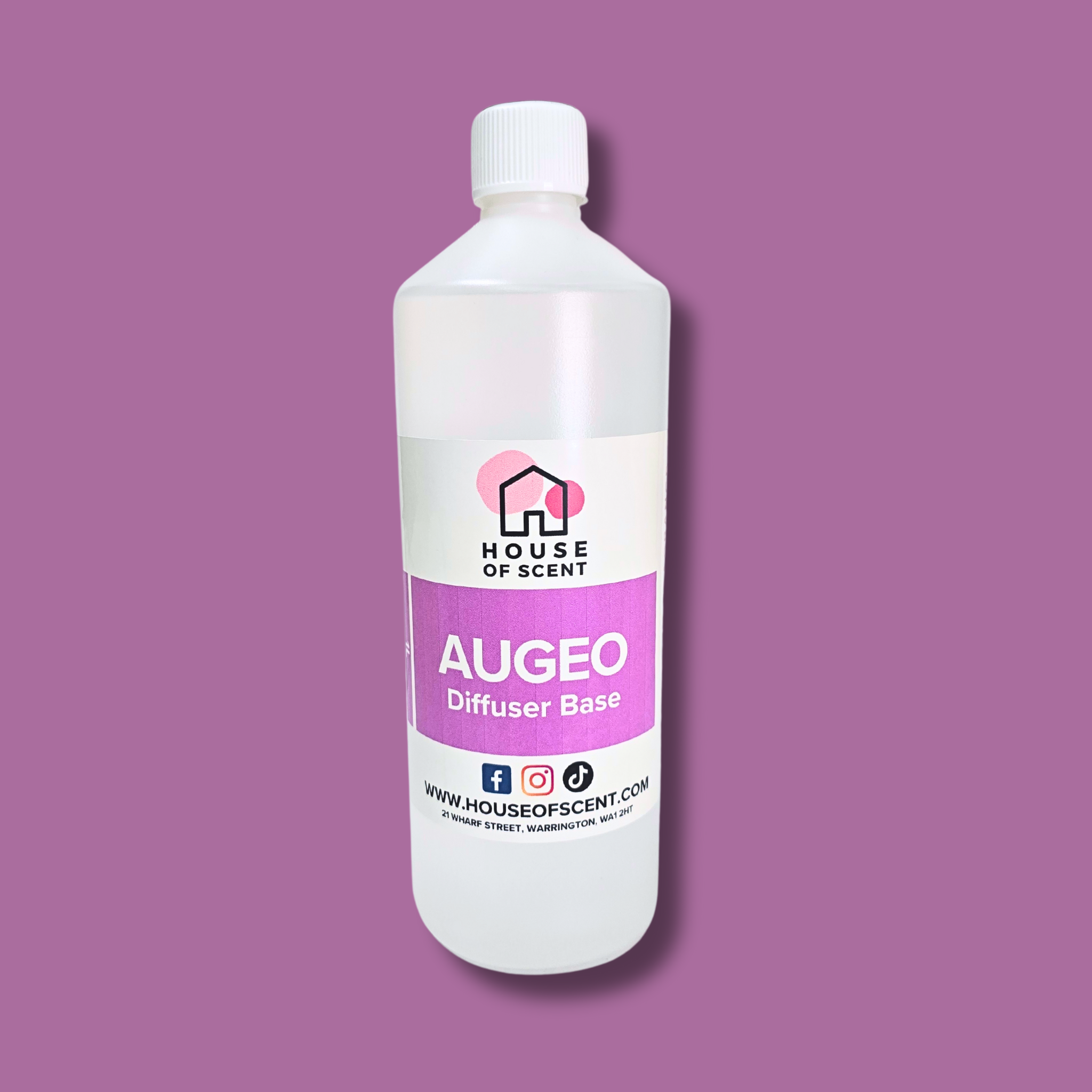
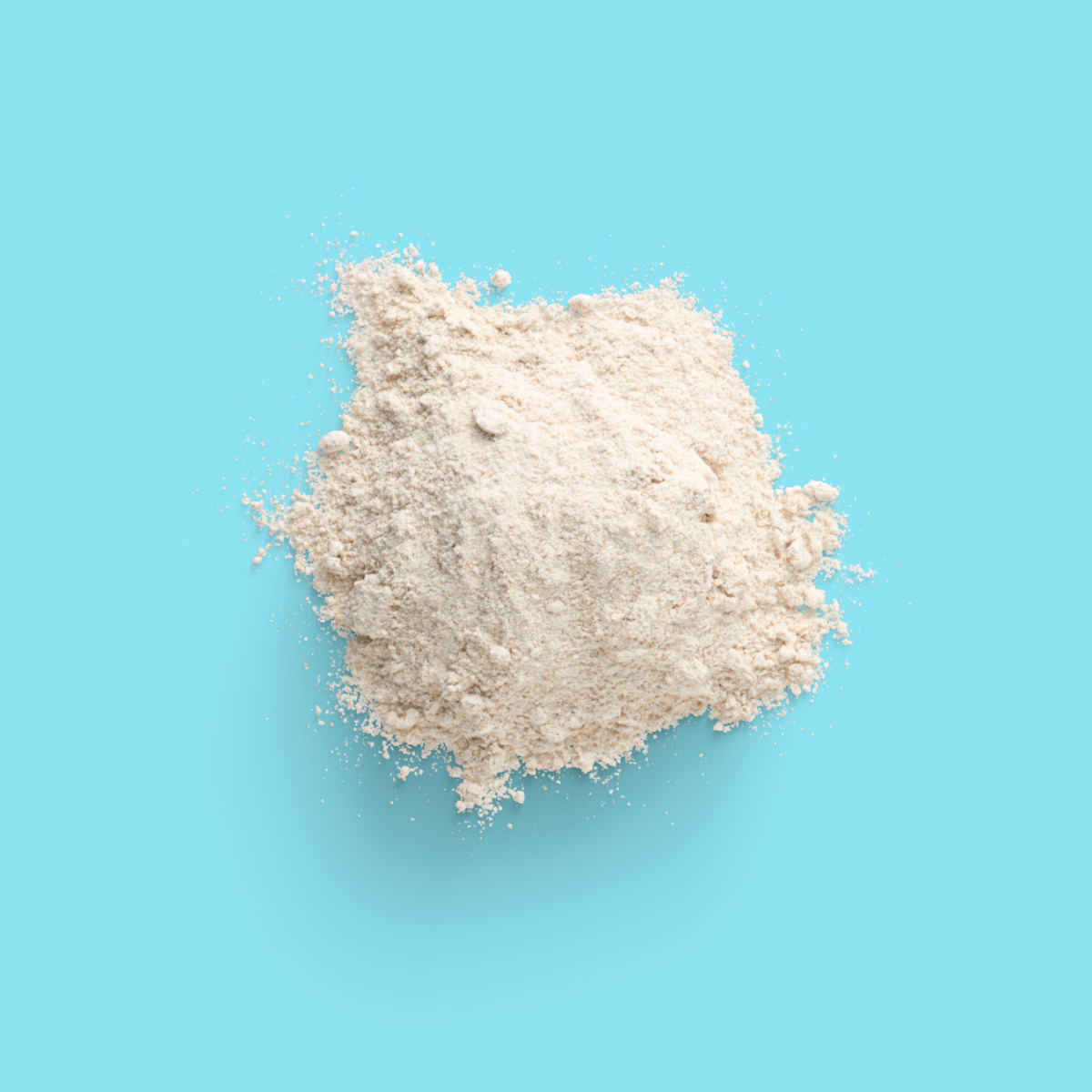
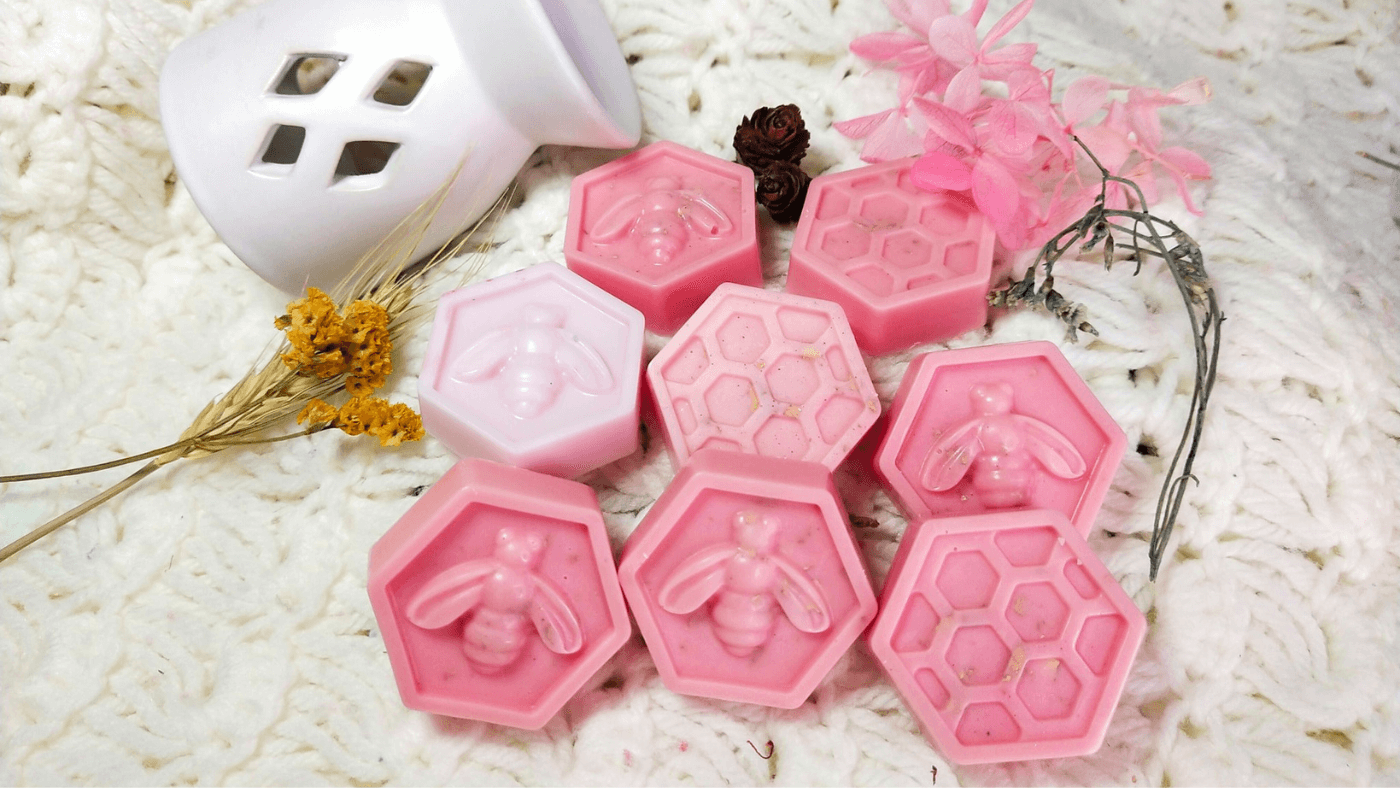
.jpg)


